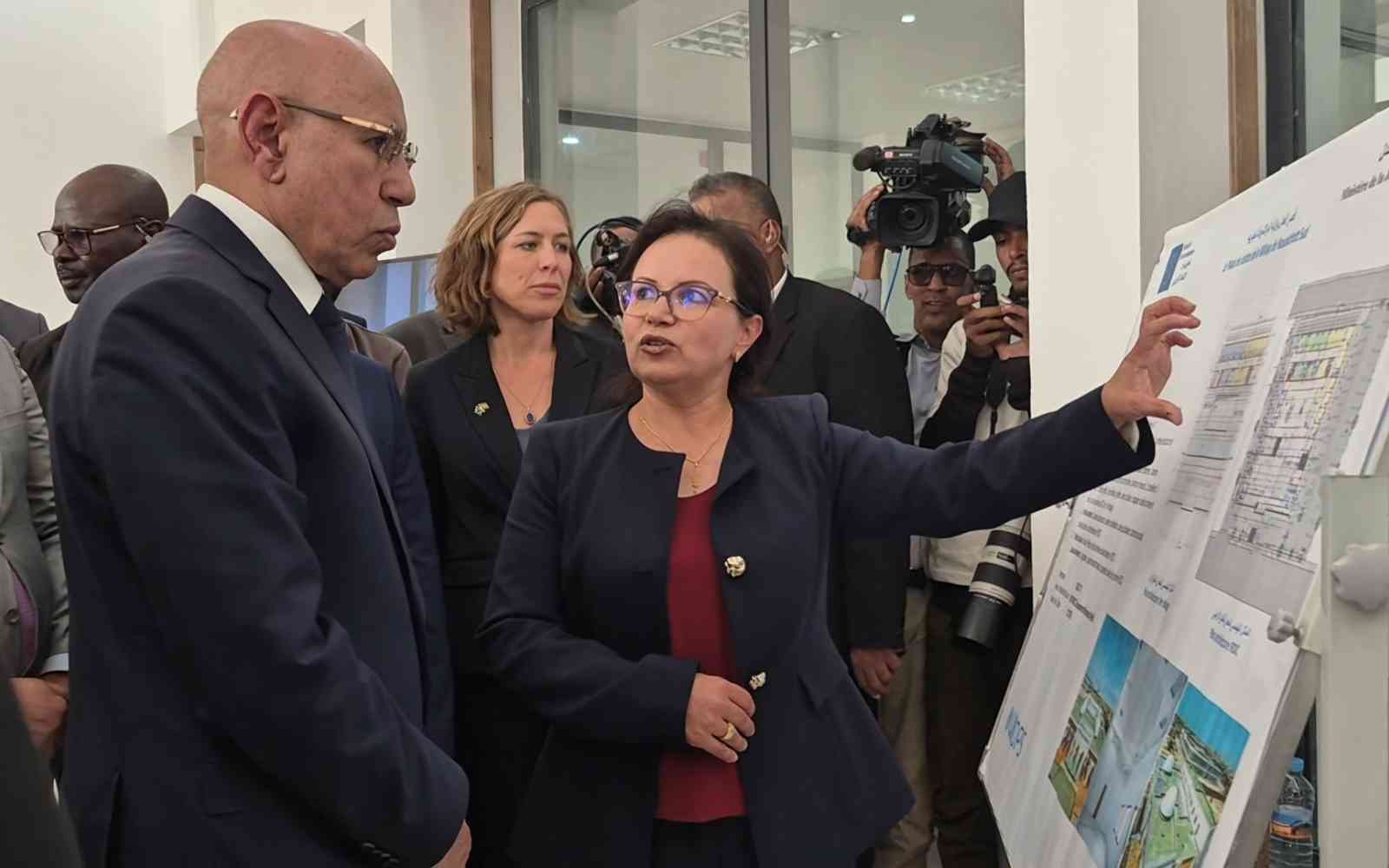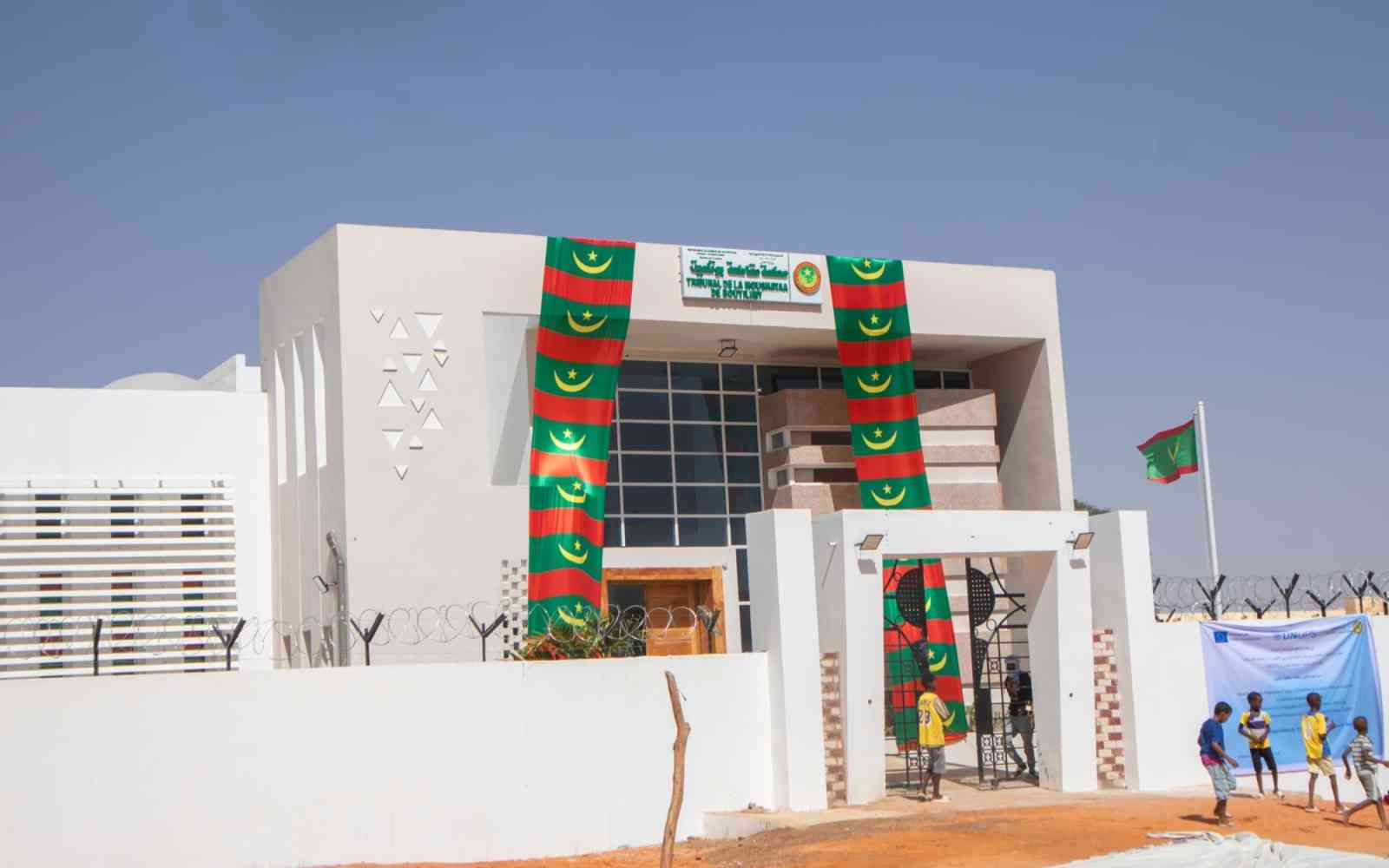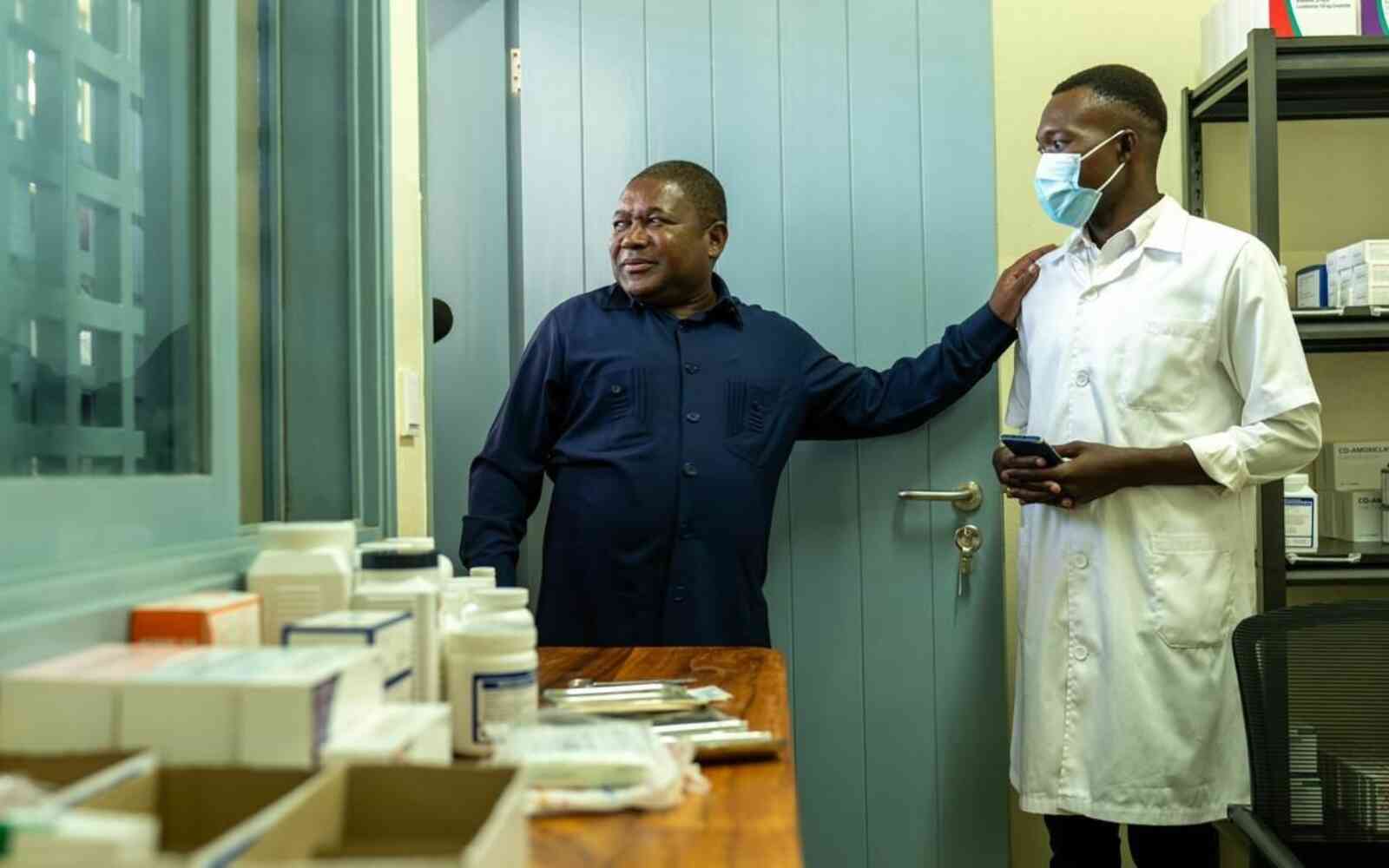The United Nations Office for Project Services (UNOPS)

Beyond the seawall: Chesko’s story
Located in the heart of the Tanga region in Tanzania, Pangani District is home to over 54,000 women, men and children who work, learn and play to the sounds of the Indian Ocean that laps away at 85 km of coastline. The water, with the coming and going of its tides, is the backbone of this community that depends on fishing, agriculture and other water-related activities to earn a living.
The coconut market
The coconut market
One 43-year old man has risen before dawn for 18 years to help unload coconut husks that arrive on small boats, from other parts of the country. The boats land on a patch of beach that the workers call the ‘coconut market’.
Chesko Nzari joins a group of men who gather each day to meet the boats. Sometimes husk-laden boats come, sometimes they don’t. The men can only guess at how much they will earn on any given day.
Once the coconuts are unloaded, they get transported to a nearby factory to be used for oil and ropes. Local families also use the husks to build fires for cooking.
On a good day, Chesko and his friends can make up to 3,000 Tanzanian shillings, approximately $1.30. On other days, much less, like some 12 million Tanzanians who live on less than $0.60 a day, out of the country’s population of over 55 million.


This has been my work for long long time. I don’t know how to do nothing else because I spend all my time doing this. I use the money to take care of my family. I have a wife and three small children.
Chesko’s home is 20 kilometers away from the coconut market. The terrain is rough with few roads between his home and work, so he spends many nights sleeping near the coconut patch. Thankfully, Chesko’s sister lives close to the coconut market and he visits there often to share meals with her and his nieces and nephews.

When tides change
When tides change
The Tanga Region lies to the north-west of Tanzania. This part of the country experiences two distinct wet periods – the ‘short’ rains from October to December and the ‘long’ rains from March to May. Pangani is particularly vulnerable to high-tides and flooding, with some of its populated areas lying no more than half a metre above sea level.
“If the water is coming up, we cannot work there. Then we must carry the basket away to a dry place. Otherwise they cannot be taken to the factory and we won’t get money,” Chesko told us.
Wading through floodwater with a heavy load of coconuts on one’s back is difficult and the extra effort translates into fewer baskets of coconuts unloaded and lower earnings.


We are mostly busy for six to seven months. In the other months there are not so many boats.
When work is scarce, Chesko has to support his family with the money he made in those six or seven months. This is rarely enough.
“It is okay but we do not eat so many times in a week.”
Rising sea-levels make flooding even more common here and puts the already meagre livelihoods of people like Chesko at risk.

Preventing the floods
Preventing the floods
A seawall project aims to protect natural ecosystems, infrastructure and community livelihoods.
The project aims to help safeguard the livelihoods of people like Chesko from the impacts of rising sea-levels and extreme weather events that lead to flooding.
When construction is finished, the wall in Pangani will replace the crumbling remnants of a wall built with coral stone over 40 years ago. Over time, waves and erosion caused by salt water have worn the wall down so much that it could no longer protect the land beyond it.


Over 380 kilometers away another wall is being built in Kigamboni, to help protect young minds and the people that shape them.
READ MORE
The new wall has been designed and built to withstand inclement weather and prevent seawater from coming inland as much as possible. The challenges faced in even building the seawalls — with work routinely interrupted for days and sometimes weeks at a time because of flooding from tides — demonstrates how sorely needed the improved seawalls are for the local community.
Constructed by local workers, the soon-to-be complete Pangani seawall will also include light installations, a walkway and attached benches, adding an important social element to this vital piece of infrastructure.
The local community will be responsible for the seawalls’ ongoing maintenance.
Project details
Project details
UNOPS is working with the Government of Tanzania to help increase the resilience of coastal areas against the impacts of climate change and rising sea levels. In partnership with UN Environment, through a project funded by the Adaptation Fund, Global Environment Facility and the Government of Tanzania, over 2,400 meters of sea defence walls were constructed in seven sites along Tanzania’s coast. Solar street lights have also been installed along the seawalls. These activities allow communities and people living in informal settlements in low-lying areas to continue their income-generating activities.











